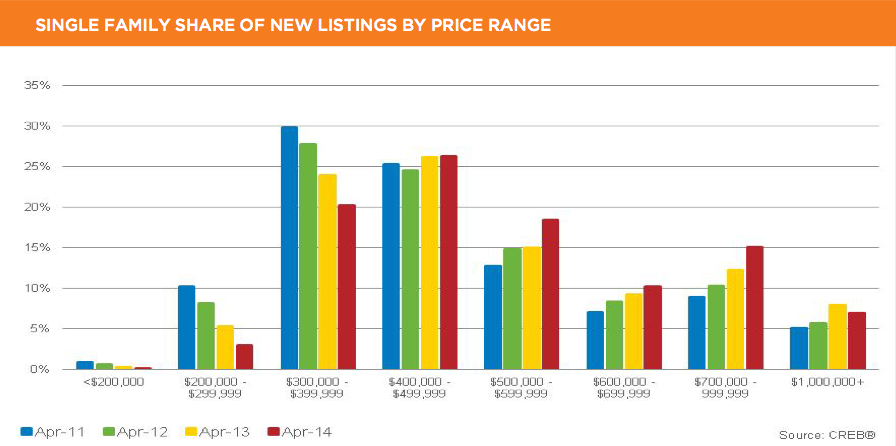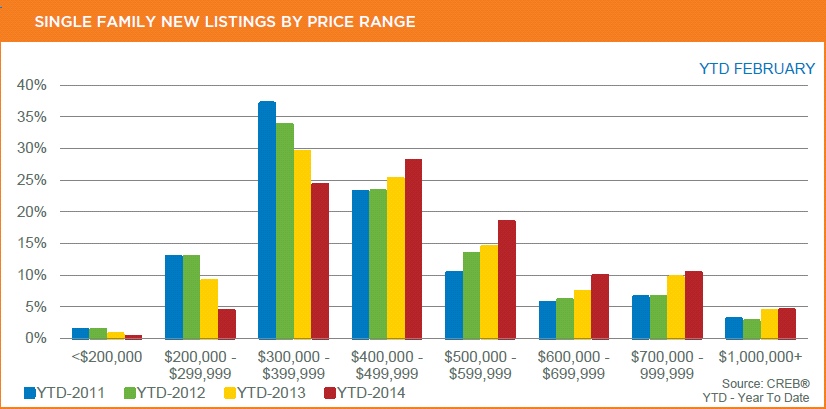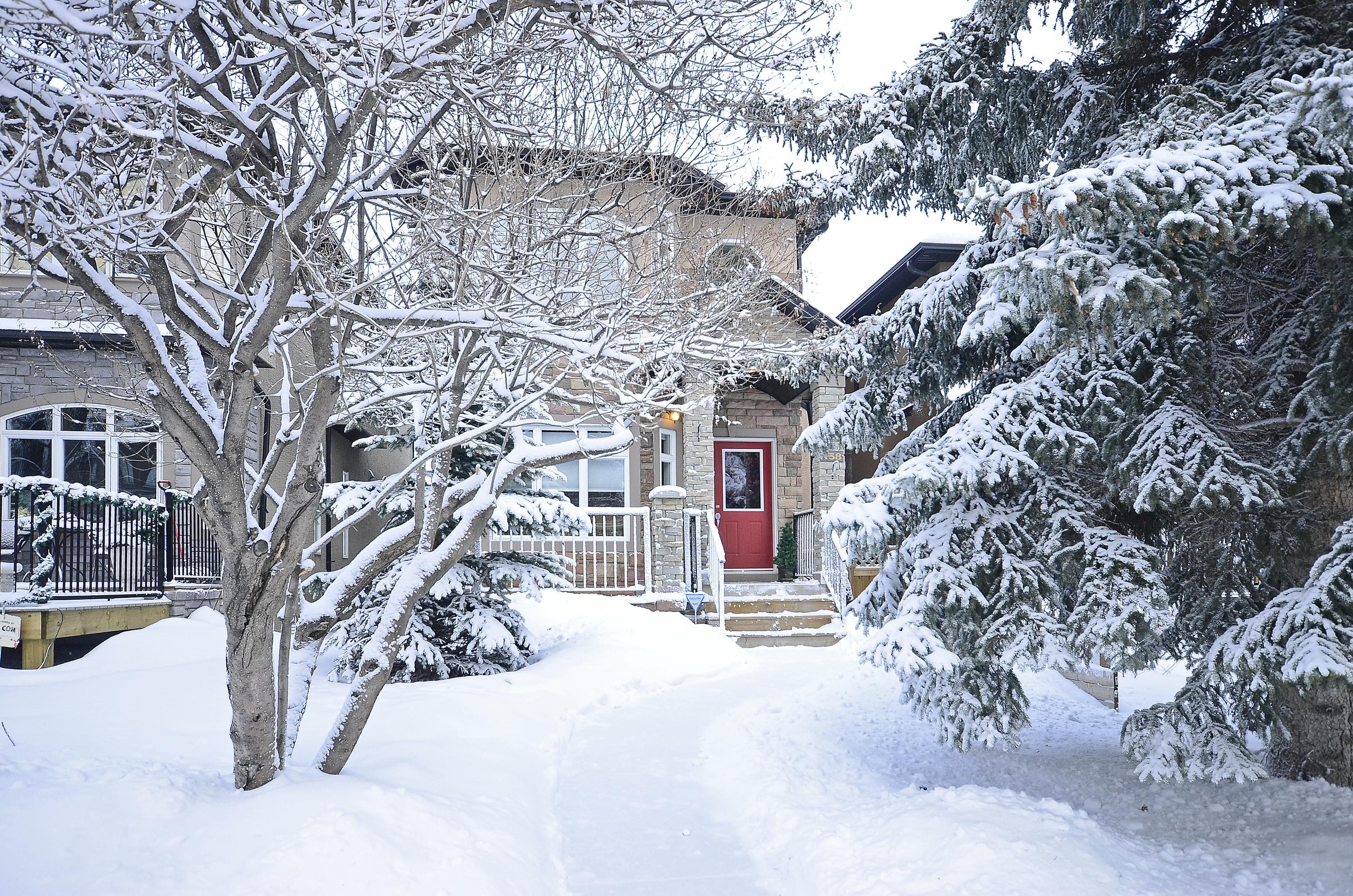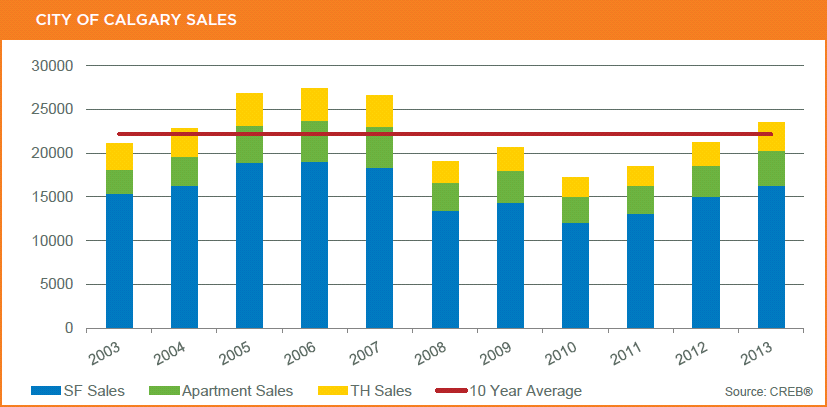Price gains encouraging new listings
New listings improve for all product types in the city
Following a slow start to the year, improved weather and price gains supported new listings growth. New residential listings in April totaled 3,754 units, an eight per cent increase over the previous year. Meanwhile sales activity totaled 2,545 units for the month, a seven per cent increase over April 2013.
“Throughout 2014, the condominium apartment market has recorded new listing gains, while until April, the single-family sector saw a reduction in new listings,” says CREB® president Bill Kirk. “Many single-family homeowners have been waiting for further price gains and the start of the spring market to list their homes.”
Single-family sales in April totalled 1,736 units, representing a year-over-year gain of eight per cent and a year-to-date increase of nine per cent. Meanwhile, single-family new listings totalled 2,584 units in April, a 7.4 per cent increase over April 2013.
As new listing growth outpaced sales growth, inventory levels improved, easing some of the tightness in the market. However, it was not enough to push the market back into balance.
“While we did anticipate the rise in new listings this spring, certain segments of the market will likely remain tight,” says CREB® Chief Economist Ann-Marie Lurie. “The single-family market continues to record declining listings for product priced below $400,000. Meanwhile, the growth in listings in April was mostly due to gains in the $500,000 – $999,999 range.”
Condominium apartment sales totaled 449 units in April, for a year-to-date total of 1,511. April’s year-over-year sales growth of 4.7 per cent was outpaced by the 11.2 per cent rise in new listings. This resulted in a rise in inventory levels to 898 units, three per cent higher than levels recorded in 2013. It’s also the only sector within the city limits to record annual growth in inventory availability. This growth is in part related to more new home product becoming available.
“Improved selection in the market is welcome news,” says Kirk. “Many consumers are interested in entering the market but the lack of choice poses challenges. While we are still early in the season, if this trend continues, it should provide more opportunities for consumers who have been unsuccessful with finding properties.”
Price gains continued across all property types this month. The unadjusted single-family benchmark price totaled $496,700 in April, a 9.67 per cent increase over April 2013 and up 1.24 per cent over March figures. While the price gains are still higher than expected, the pace of growth has slightly eased.
Meanwhile, unadjusted benchmark prices for condominium apartment and townhouse properties totalled a respective $291,700 and $316,700 in April. Despite the year-over-year price gains of 11.6 per cent for apartments and 9.6 per cent for condominiums, prices continue to remain just shy of peak levels recorded in 2007.
“Gains in employment and net migration have supported demand growth in the housing sector,” says Lurie. However, with unadjusted prices only recently recovering in some sectors, it is not a surprise that resale supply has not kept pace. As prices continue to improve and lending rates remain low, this should help support further gains in new listings, easing some of the tightness in the market.”
Click Here to view the full .pdf with more graphs and information!















